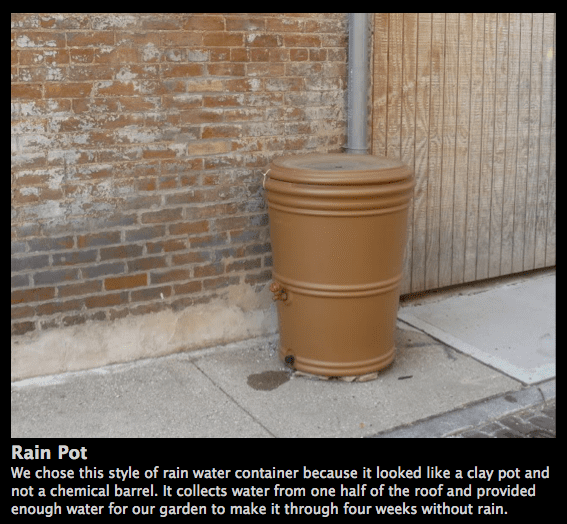By planning ahead you can LEED Certify your home or office for little or no additional expense. At Lohre & Associates, we self documented our own offices to the LEED Platinum level for only $12 per square foot for the complete office makeover including application fees. LEED stands for Leadership in Energy and Environmental Design by the U.S. Green Building Council (USGCB), a non-governmental, non-profit agency founded in 1993. LEED has become the most widely accepted Green Building standard.

The office remodel included:
- New carpet
- Energy Star copier
- Flat screen computer monitors
- Occupancy lighting sensors
- 100% LED or CFL lighting
- Low-flow toliet adapter
- Integral hand washing station above water closet
- Pellet stove
- Mini-blinds
- Glass display case
- Green electricity
- High efficiency air filter
- Entrance mats
- Carbon Dioxide sensor
- Mini-Frig

The U.S. Green Building Council publishes reference guides to the various types of Green Building Certifications: residential, commercial office, new construction, schools, retail stores and existing buildings. The first thing you will want to do is purchase the appropriate guide for your project and learn what Green building products and features to include. The following examples are from the five different LEED Green Building categories: site, water use efficiency, energy use, materials, and indoor environment quality.
Site of the building, home or office
The best Green building will be the reuse of an existing structure. Orientation to the sun and dimensions of the building can reduce energy use by about 25%. Light colored concrete parking lots and roofs are cooler than black asphalt. Shade from trees and gardens will also help cool the site. Access to public transportation and community services are important to limit automobile use.

Water savings and efficiency
City water water use can be limited by capturing rain water. Interior water use can be limited by efficient flush and flow fixtures. Limiting storm water runoff is also also an objective of a Green building. Rain gardens, green roofs, previous parking lots and walking paths can help keep rain water where it falls.
Energy efficiency
Air leak sealing and insulation are the most important investment for a Green building. Sealing the air leaks in existing buildings with high performance spray foam can deliver the benefits of both at the same time.
As you reduce the requirements of an HVAC system, you reduce the size, the expense and cost. Renewable energy systems such as generating electricity from solar panels or hydro-electric, and sawdust pellet stoves can also reduce the use of fossil fuels. Operating and maintaining your HVAC systems at their most efficient is an important feature of Green buildings.

Materials
Use reclaimed or salvaged building materials wherever possible. Materials with recycled and regional content help reduce the environmental impact of your building. Cork, linoleum, bamboo, agricultural waste plywood, and castor oil content in spray foam are materials that take less than 10 years to grow and reduce the use of hard wood and similar limited materials.
Indoor Environment Quality
Green buildings are very tight and don’t have drafts from air leaking through the building. This makes it important that harmful chemicals contained in some paints, caulks, cleaning agents, furniture and floor coverings aren’t allowed into the building. The gas appliances also have to operate without leaks. Green buildings have better views to the outside, thermal and lighting controls.
Once you have decided on the location and design of your building, you’ll purchase the materials meeting Green building standards. Green building construction has minimal waste and a builder with experience working on a LEED project will help reduce waste. Once your project is done you can gain Green building points by using it as an educational tool to teach others.
Green buildings are at least 20% more energy efficient and 30% more water efficient than code buildings. By Certifying your project LEED, occupancy rates and resale value will be higher. LEED Certification includes a commissioning agent who serves only the owner of the project. It is your third party verification that your project was built and operates to the highest standards. There is no other Certification like it available. If you build inside the city of Cincinnati you may qualify for tax abatements on the structure. There are also tax incentives for HVAC and energy efficiency windows, insulation and other products and services.
How can we help?
Want to discuss a Green Building project? Review sustainable building materials? Learn how to save water? Have a presentation made to your organization? Lohre & Associates’ Green Cincinnati Education Advocacy division can help with any of these requests. We did 100% of the work and documentation on our own LEED Platinum office and are currently expecting LEED Platinum on a new construction project. We are also working on the LEED Certification of the Frank Lloyd Wright Boulter House in Cincinnati, Ohio.

